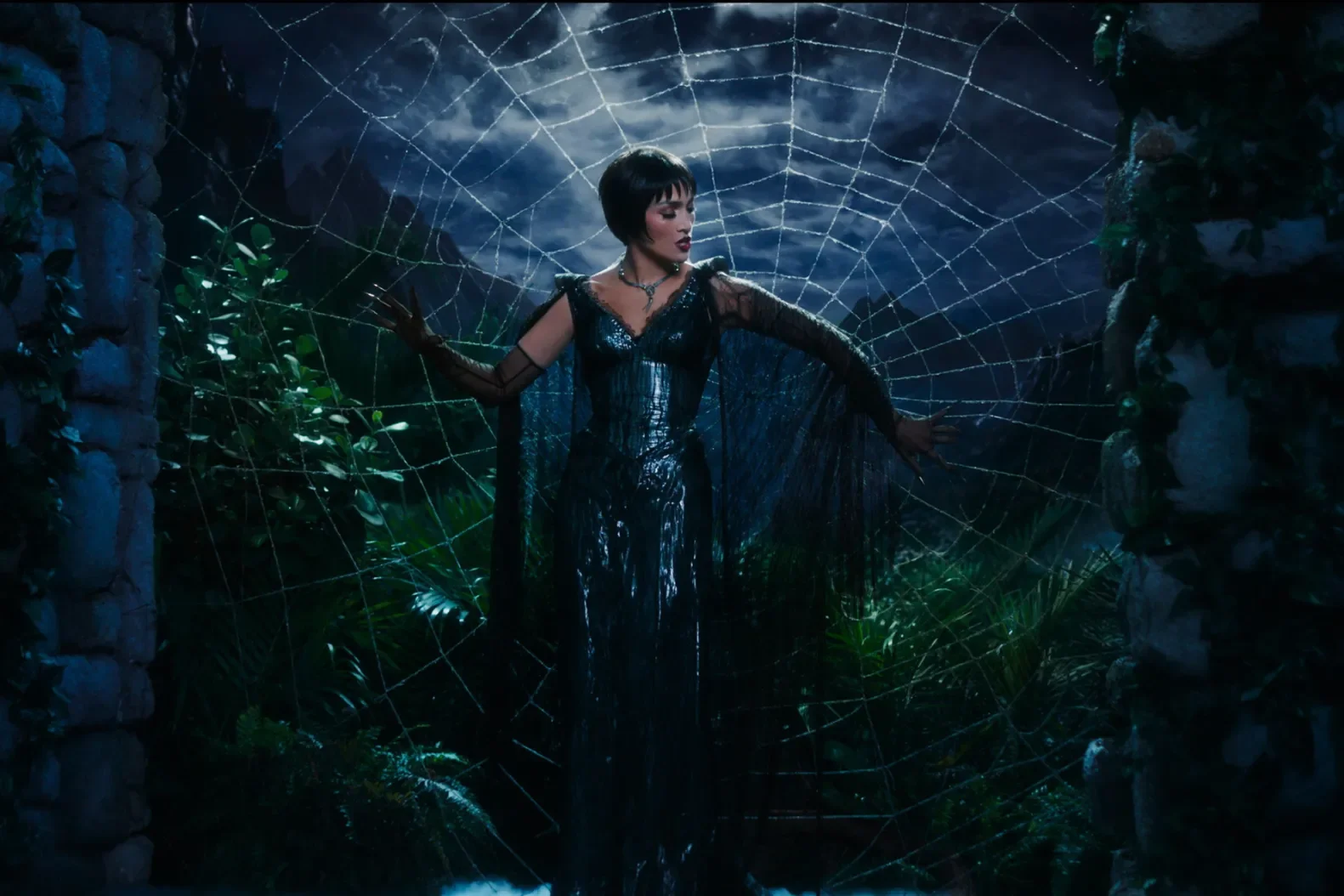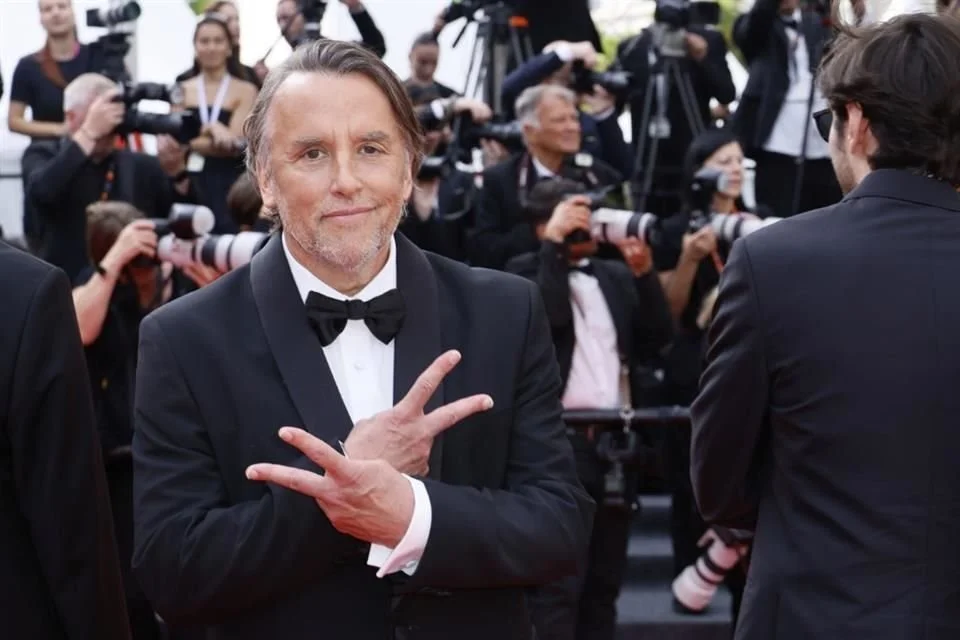Dune: Part Two: A Modern Epic
When I first saw Denis Villeneuve’s Dune (which I’ll refer to here as Part One for clarity’s sake), I watched it on my iPhone screen while setting up Surface Pro tablets at work. Now, believe it or not, I didn’t love the film based on that first lackluster viewing. I spent much of the film confused by the convoluted lore and put off by the lack of explicit character development, though I was still impressed by the immaculate production design. Thankfully, I had the rationality to recognize that my dislike of this critically and popularly acclaimed blockbuster was likely at least partially due to the environment in which I chose to screen it. I put the film on the back burner and made a mental note to return to it when Dune: Part Two came around.
And here we are. I rewatched Part One the day before going to see Part Two and my previous impression of the film was completely shattered. Instead of the sloppy, overly-atmospheric mess I remembered, I was instead treated to a film ripe with dread and the self-aware mythicality of the best epics. In fact, even the confusing lore I initially detested was a positive this time; the lack of clear explanations makes for a refreshing change of pace from other modern sci-fi flicks filled with extensive exposition, like Christopher Nolan’s recent Tenet. While not a perfect movie by any measure, I was thoroughly impressed with Part One and eagerly looked forward to Part Two.
My local Regal was offering Part Two in 4DX, which I chose to take advantage of – and despite criticisms of the format’s gimmicky nature, it’s absolutely not a decision I regret. This was the second time I had seen a film in 4DX (the first being last year’s Wonka, also starring Timothee Chalamet), and, I must say, I’m a convert. While some of the functionality (primarily the scent diffusion) is certainly not perfect yet, the seat motion, wind, fog, and water effects have all been tastefully applied to significant immersive effects in both of my experiences.
Of course, that’s not to say that Dune: Part Two needs any help in immersing the viewer. This is a film that trusts its audience and isn’t afraid to throw them directly into a new world without any entrance ramp. From the nightmarish opening Harkonnen attack scene, we are fully on Arrakis with Paul Atreides and Lady Jessica. The 4DX effects were merely a welcome enhancement.
There are certain films that feel near-religious to watch, especially in theaters. For me, I’ve been lucky enough to have a few of those experiences. Babylon, The Holdovers, and Oppenheimer all felt rapturous in that the sheer emotion and craft on display demand your undivided attention and reward with the cinematic equivalent of transcendence. Dune: Part Two joins and surpasses those films in this respect. While the others derive excellence through bold directorial style, naturalistic performances, or innovative editing, Part Two is consistently firing on all cylinders; from my perspective, there is no weak element present here. The direction is assured and confident, the performances are admirable all-around (if not always exceptional), and the editing is flawless.
As I mentioned, Part Two is unrelenting from the opening scene. I don’t think I blinked for the first thirty minutes of the film. Though Part One was suffused with a low, humming dread throughout, Part Two elevates the terror to nigh-unbearable levels. Every footstep taken feels monumental and of life-or-death import (which it tends to be on Arrakis, thanks to the terrifying sand worms). Watching Part Two feels like watching a world collapse in upon itself while the characters can’t see the sky fall above them. This may not sound like a particularly enjoyable viewing experience, but I assure you, it is. The thrill of watching Part Two is akin to the thrill of a slow-burn horror film, where a constant undercurrent of fear keeps you on the edge of your seat. Hans Zimmer’s score only deepens the raw horror and awe of Arrakis.
If you’ve read any other reviews, I’m sure you’ve heard that the standout scene in Part Two is the scene in which Paul rides a sandworm for the first time. Any words used to describe would do a disservice to Villeneuve’s visual and sonic mastery. Suffice it to say, the scene is so awe-inspiring and visceral that I genuinely teared up during it. There’s a particular match-cut at the end of this scene that, for me, cemented Dune: Part Two as an epic to be reckoned with. The nearly three hour runtime would be worth sitting through if only for this scene – luckily, the rest of the film is pretty fantastic as well.
At its core, Part Two is a tragedy. Entirely eschewing the hero’s journey typically found in epics in favor of a tale of messianic revelation and horrific idolatry, Frank Herbert’s story adapted here is one that refuses to cater to the audience - there is no happy ending or redemption to be found for these characters, no hope to leave the theater with. It is destruction, oppression, and forced salvation. A sense of finality pervades the film, reminding us that each decision made by a character is wholly irreversible. It’s too late - the threads of this tragic legend have been woven on the filmic tapestry. There is no comfortable resolution to be found here, and it’s a massive credit to the film that I left still wanting more of this world. And luckily, if Villeneuve gets his way, Dune: Part Three will come to us eventually.
I’ve seen quite a few reviews comparing Part Two to famous sequels, like The Empire Strikes Back or The Godfather: Part II. While these are certainly apt comparisons, I think it would be more accurate to compare this film to 2001: A Space Odyssey or The Jazz Singer. These are films that completely re-evaluate what can be accomplished through the film medium, introducing a new technical element or elevating the narrative and thematic capabilities to a whole new level. In my eyes, Dune: Part Two is the first modern epic on film. Never before have modern technologies been combined with literary epic storytelling to this effect. I hope that this level of filmmaking soon becomes the standard for the industry, just as older filmic epics like Gone with the Wind and Lawrence of Arabia established what the medium could achieve. It may sound like hyperbole, but Dune: Part Two is a historic achievement.
Popular Reviews














